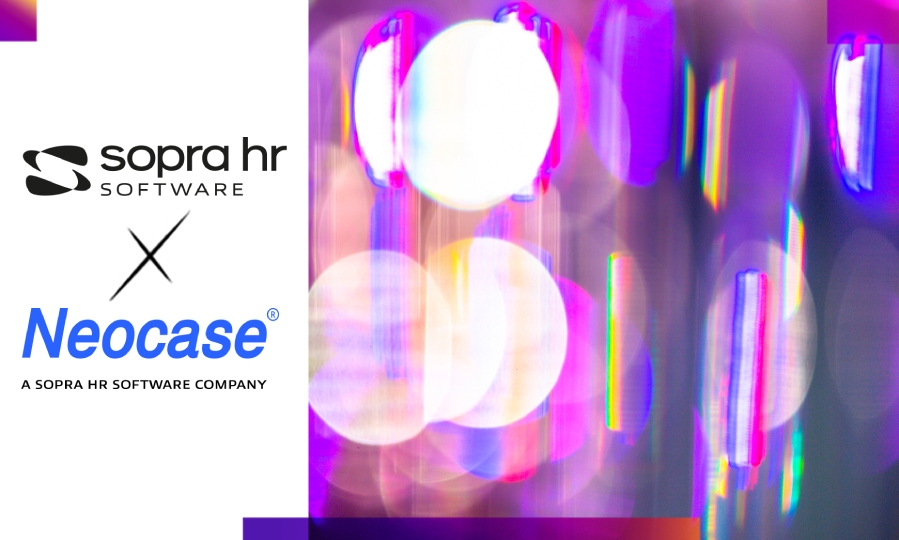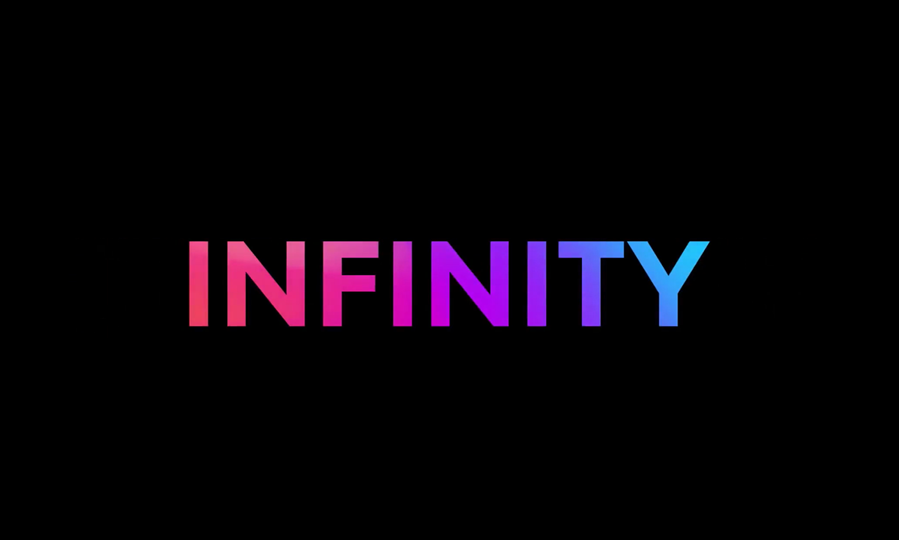HR TRENDS
How AI is transforming HR management

SHARE THE ARTICLE ON

Digitization is progressing in stages. Over the past 2 years, advances in artificial intelligence have produced a wide variety of new applications in all areas of business - and in HR in particular. Where do we stand in this new revolution? What will it change in our HR departments?
From dashboards to predictive analysis
The digitization of HR is nothing new. IT tools have been used in payroll and administrative management for a long time and connected databases are used for recruitment purposes. HRIS, payroll software and talent management software are commonplace and can handle increasing amounts of data.
Until recently, however, the potential of such data has been under-exploited. A new generation of tools using artificial intelligence has demonstrated that HR data can talk to us, answer our questions and provide the right information, at the right time, to the right person. Data has thus become a precious ally in HR decision-making and management.
Up to now, digital technology has mainly been used to automate calculations and tasks and for mass processing. It has also been used to produce reports on turnover, absences and sick leave by period, number of permanent and fixed-term contracts, employee seniority, etc. However, large amounts of data could only be processed manually.
AI can provide considerable assistance in this area. It can perform large-scale cross-referencing of data to identify recurring situations and specificities within the workforce. For example, the number of absences by type of contract, by seniority, by profession... AI can also help develop HR strategies, make predictive simulations and provide information on retention by taking into account criteria such as seniority, grade, skills profile, etc. This will allow us to implement specifically targeted actions to prevent talent from leaving the company.
Artificial intelligence can help us better analyze data, alert us to existing risks, predict likely behaviors and phenomena, and thus inform decision-making when developing strategic goals.
A wide range of applications
The effectiveness of AI for HR is not limited to talent management. It can help with processes and decision-making in all areas of HR: recruitment, employee retention, training, skills management, employee performance reviews... even payroll.
As part of a forward-looking approach to talent management
In addition to identifying departures, as mentioned above, AI-based HR analytics tools can take talent management a step further. They can match employees, with their skills and aptitudes, to available positions. During annual performance reviews, managers can then offer employees a range of career prospects.
AI can thus be used to anticipate future needs in terms of human resources. What used to be infinitely complex for humans to do alone with their spreadsheets can now be accomplished quickly and reliably thanks to AI tools.
In recruitment
AI is involved in all stages of the recruitment process:
- Generative AI helps when writing up job offers, by proposing a text based on the job description and a few keywords.
- AI then helps to select the CVs sent by candidates, based on keywords and defined criteria (such as skills).
- When the candidate contacts the company, generative AI chatbots can conduct the first interview, analyze the responses, and even make predictions about their chances of success in a particular position.
- AI can also help refine the proposal, for example by setting the proposed salary according to job level, experience and existing company practices.
Implementations of AI vary. Some companies have been sorting CVs for several years. Virtual interviews, on the other hand, are only at the experimental stage, and may not be accepted by all candidates. And yet using AI in this way can be beneficial because it can ensure objectivity in the recruitment process and when determining salaries, if the tools are correctly configured.
In training
Digital solutions can use the content of annual performance reviews to suggest targeted training courses for employees, based on their desire for development and change.
These solutions can also be used to alert employees when mandatory training courses have not been delivered, or when an employee has not taken enough training courses within a given timeframe. Employees can be automatically registered for training courses. This increases efficiency and saves time for HR teams in charge of training management.
In employee performance reviews
AI can help managers respond to employees’ expectations. It can, for example, compare the employee's desired salary with a range of what is available in the company for the same position and skills. It can also retrieve market data to identify a risk of departure if the salary offered by the company is too low.
AI can also generate target proposals based on what has already been set for other employees, or on the skills of the employee whose performance is being evaluated. It can also suggest training courses to support the employee's skills development. On all these subjects, AI does not replace the manager, but provides reliable, objective information that reinforces the credibility of the manager’s proposals and responses.
In employee information
Chatbots based on conversational AI, which are already useful for recruitment, are beginning to be deployed to answer employees' HR questions: about annual leave, contracts, salaries, etc. These tools are improving rapidly and are undergoing intensive development.
In payroll
Some solutions now perform intelligent payroll checks to identify risks of error and save payroll managers precious time, by specifying where they can focus their attention when checking payroll. Payroll managers spend up to half their time on this type of task. AI can save time and optimize the quality of the payroll chain, right up to the declaration phase.
The importance of human intervention
On all these HR topics, AI operates like an intelligent assistant, analyzing data and identifying indicators that would not necessarily be apparent to the naked eye. It is, however, essential that the humans remains in control and approve the suggestions made by AI and the processes entrusted to it.
Humans must be present upstream to set the parameters of the tools, and downstream to check the results. For example, a machine learning solution, trained to identify different CV templates and classify them as “OK” or “Not OK”, could end up classifying all CVs as Not OK” by training with the wrong parameters... These solutions have already been criticized for reproducing recruitment practices and discrimination implemented in the organizations using them.
AI is a tool, and we must remain vigilant about its possible biases and imperfections. The most important thing is to detect faults early on and then make improvements and adjustments continuously.
As always when dealing with data, there are confidentiality issues to consider. In principle, however, the people in charge of configuring the tools are those who already have legal access to employees' personal data. If this principle is respected, the risks are minimal. Generative AI poses another problem: using private data in public algorithms. Introducing personal data into these tools when they are open to the outside world is of course, not recommended. For AI to be trusted, it must remain within a controlled framework: open tools must not use personal data, and those who use these tools must make sure the data is not released publically.
AI and the associated digital tools represent a real opportunity for HR departments. In the past, the digitization of payroll and HR management departments was a lengthy process. With AI, it is possible to move faster. HR departments are going to have to acquire new skills to master AI. They will need to be able to configure, control and verify the tools, while leveraging the benefits. In the coming years, AI tools applied to HR will become ever more efficient with better features. A tool that gives slightly disappointing results when first tested may prove to be high-performance the following year. We therefore need to remain vigilant, open to innovation, and make sure we have the necessary skills to determine whether our tools are relevant.




